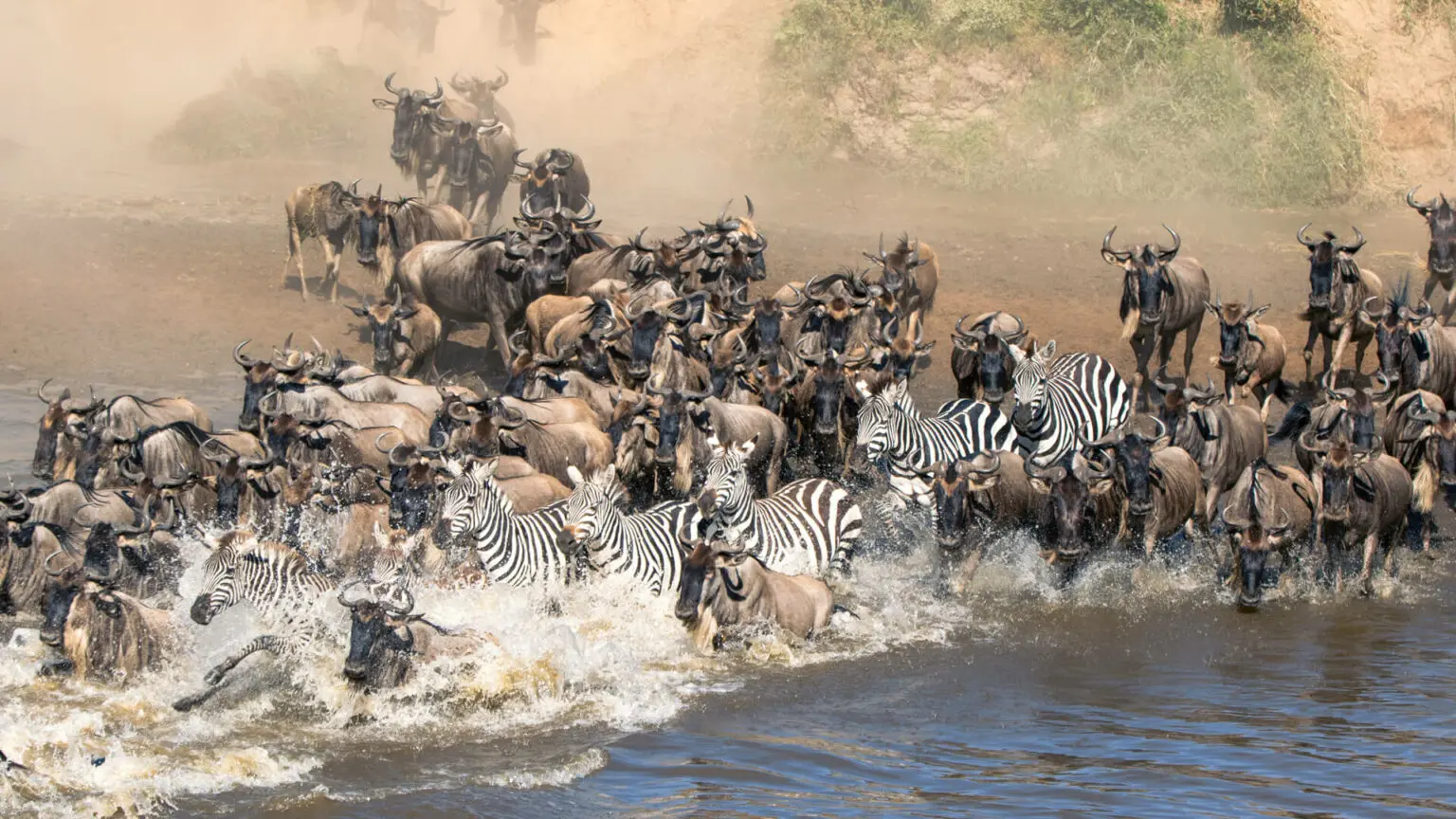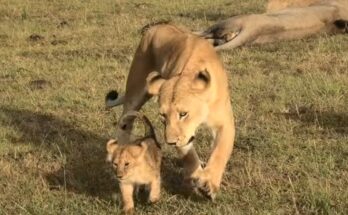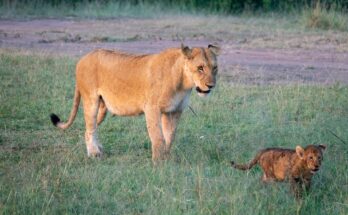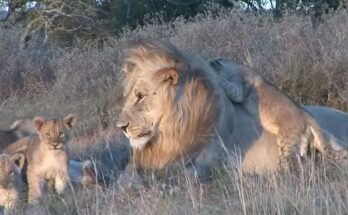
This was an extraordinary sighting—around 150,000 wildebeest, accompanied by a group of zebra, attempting a dramatic crossing of the crocodile-infested waters of the Mara River in Kenya’s Masai Mara Game Reserve. The sheer scale of the migration is breathtaking, part of a much larger movement involving over three million animals that journey annually across the Serengeti and Masai Mara ecosystems in search of fresh grazing grounds.
These wildebeest, many of them adult females with their six-month-old calves, were born months earlier in the southern Serengeti. Their journey is driven by instinct and survival, as they seek greener pastures to sustain the herd. The river, however, presents one of the most perilous challenges of the migration. Its swirling currents, steep banks, and lurking predators make every crossing a life-or-death gamble.
In this particular crossing, tragedy unfolded—not from predators, but from panic and poor choices. As the mass of animals surged forward, many ignored safer entry points and instead crammed against steep vertical riverbanks on the far side. With no footing and no way back, hundreds drowned in the chaos. The murky waters became littered with carcasses, a haunting reminder of the cost of the journey.
The final image from this event shows a large crocodile pushing a wildebeest carcass upstream—less a predator’s act, more an unsettling symbol of nature’s unforgiving cycle. Interestingly, most deaths were not caused by crocodile attacks, but by drowning as panic overtook the herd.
This moment captures both the majesty and brutality of the Great Migration—one of the most awe-inspiring natural events on Earth, where survival depends not just on strength or speed, but on instinct, timing, and the unity of the herd.


